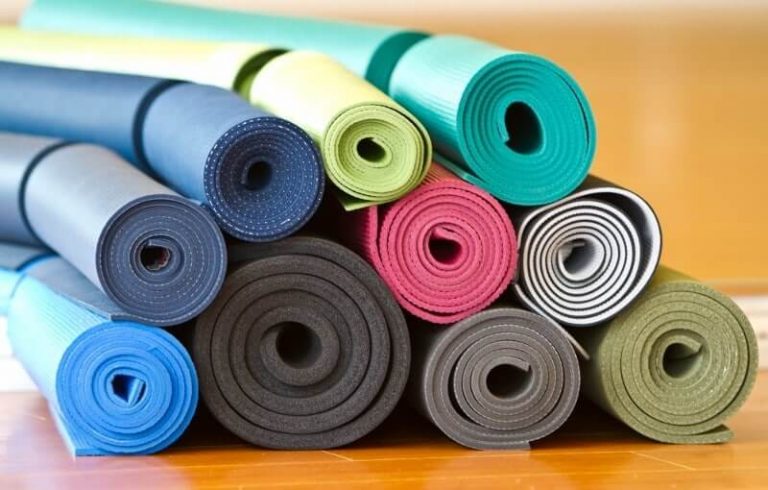
A yoga mat is an essential tool for practicing yoga, providing comfort, stability, and a non-slip surface. With a wide range of options available, choosing the right yoga mat can greatly enhance your practice and overall yoga experience. It’s important to consider several key factors when selecting a yoga mat to ensure it meets your specific needs and preferences. In this article, we will explore the key factors to consider when choosing a yoga mat, helping you make an informed decision.
1. Thickness:
Yoga mats come in different thicknesses, typically ranging from 1/16 inch to 1/4 inch. Thicker mats provide more cushioning and support, making them suitable for individuals who prefer extra comfort or have sensitive joints. Thinner mats offer a firmer and more stable surface, which can be beneficial for balance-focused poses. Consider your comfort level, the type of yoga you practice, and any specific physical needs when selecting the thickness of your mat.
2. Material:
Yoga mats are made from various materials, each with its unique characteristics. The most common materials include PVC, rubber, TPE (thermoplastic elastomer), and natural fibers like cork or jute. PVC mats are durable, affordable, and provide good grip but may not be as eco-friendly. Rubber mats offer excellent grip and cushioning, but some individuals may be sensitive to the rubber smell. TPE mats are a more eco-friendly alternative to PVC and offer a good balance of grip and cushioning. Natural fiber mats provide a natural, non-toxic option but may have less cushioning. Consider your preference for grip, eco-friendliness, and any sensitivities when choosing the material of your mat.
3. Texture:
The texture of a yoga mat affects its grip and feel. Mats can have smooth or textured surfaces. Smooth mats are easy to clean and provide a consistent surface for movement. Textured mats, such as those with raised patterns or a rougher surface, offer enhanced grip, especially during sweaty practices. Consider your preference for grip and the type of yoga you practice when considering the texture of your mat.
4. Size:
Yoga mats come in various sizes, but the standard size is typically around 68 inches long and 24 inches wide. Consider your height and the amount of space you need during your practice. Taller individuals may prefer longer mats, while individuals who require more room for movement or wider stances may opt for wider mats.
5. Durability and Maintenance:
Consider the durability and maintenance requirements of the mat. Look for mats that are resistant to tearing and can withstand regular use. Easy-to-clean mats are also desirable, as they can be wiped down or washed to maintain hygiene. Check the manufacturer’s guidelines on how to clean and care for the mat to ensure its longevity.
6. Price:
Yoga mats vary in price, depending on factors such as material quality, thickness, and brand. Set a budget that aligns with your needs and consider the value you’ll be getting in terms of durability, comfort, and performance.
Choosing the right yoga mat is crucial for a comfortable and enjoyable yoga practice. Consider factors such as thickness, material, texture, size, durability, and price when selecting your mat. Opt for a mat that provides the right balance of cushioning, grip, and stability, based on your specific needs and preferences. Remember to try out different mats if possible and read reviews to gather insights from other practitioners. Investing in a high-quality yoga mat that supports your practice will enhance your overall experience and help you fully embrace the physical and spiritual benefits of yoga.
